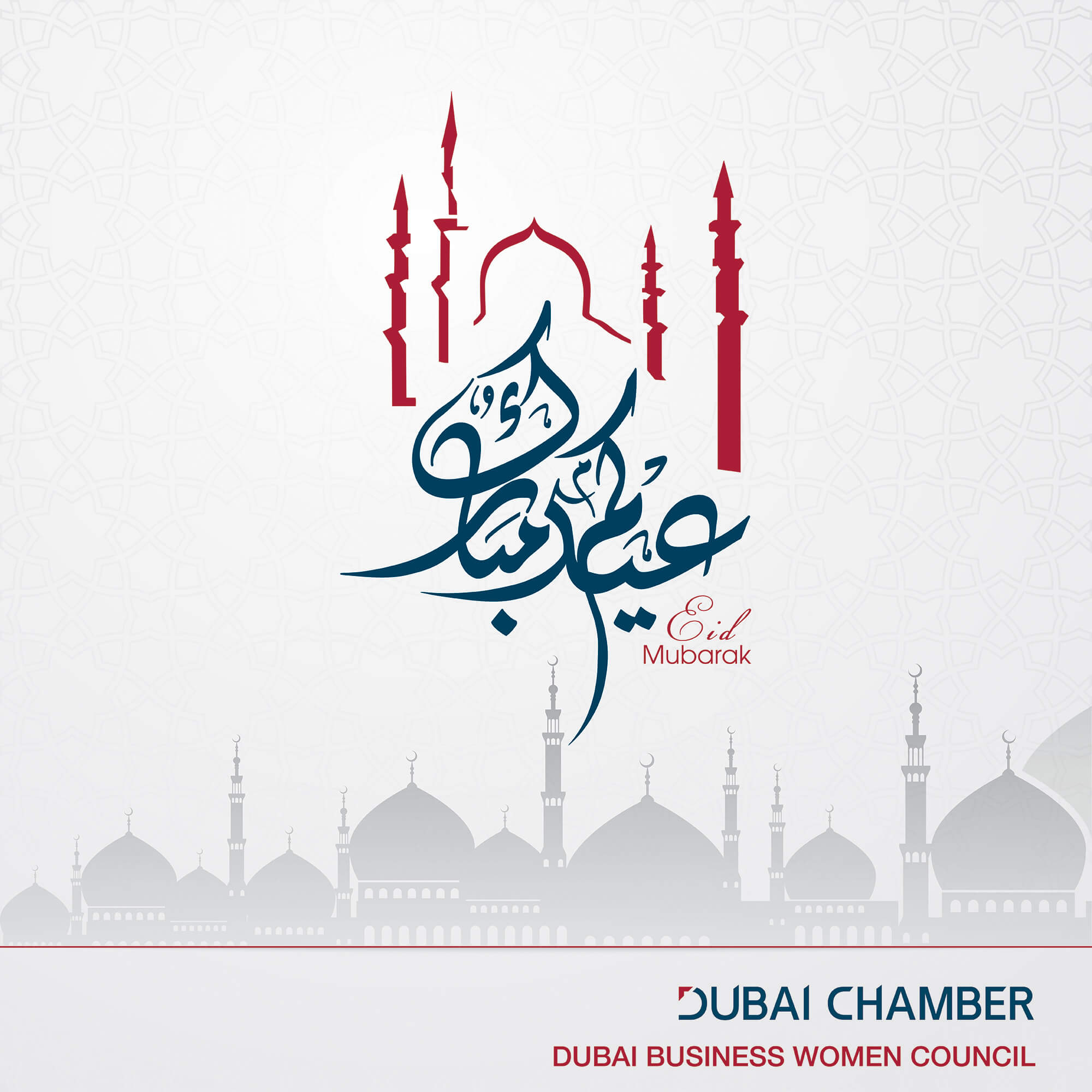In 1819, Emirati women fought alongside their men, defending Ras Al Khaimah against an invasion by British forces from the sea.
In 1956, a time when Arab nationalism and resistance was at a peak, Emirati women joined in with their voices on radio and in newspapers, turning their majlises into a forum for political discussions.
And when the Tripartite Aggression - known in the West as the Suez Crisis - led to military confrontation between Egypt on one side and Britain, France and Israel on the other, it was the women of the Emirates who directly lobbied the Egyptian president, Gamal Abdel Nasser, expressing their support for his cause.
Then in 1971, on the eve of the formation of the nation and withdrawal of British protection, Iranian forces occupied the three islands of Abu Mousa and the Greater and Lesser Tunbs. For Emirati high-school girls it was their first taste of political action, joining hundreds of others in spontaneous demonstrations against the occupation.
In 1978, female students at UAE University staged a protest against the Camp David agreement between Egypt and Israel, which later led to the 1979 Egypt-Israel Peace Treaty.
These are just some of the ways Emirati women have shown political participation, an area of history often neglected or even unknown to most citizens and residents.
Inside the newly opened Women's Museum in Dubai, which is dedicated to everything related to Emirati women, visitors will find a full wall accompanied by rare photos and documents given over to the political roles of Emirati women of the past and the present.
"I want visitors who come to the museum to feel that Emirati women were not, and are not, an isolated community. They are part of the community and active contributors," says Dr Rafia Obaid Ghubash, the founder of the Women's Museum, which opened this month.
A writer, professor and consultant psychiatrist, Dr Ghubash has spent millions of dirhams and five years working on bringing her vision to life, with the past three years spent overseeing the construction process and gathering rareitems and photos. These include rows of different-shaped face burqas, designs of traditional wear and their accessories, house and kitchen utensils, a variety of perfumes and beauty secrets, and artistic expressions through words or art. All of this and more bring women's private lives into the public light.
The three-storey building housing the museum is tucked away in an alley near Deira's bustling Gold Souq, marked as "Sikka 28", behind the RAK bank.
Refusing to set it up in the touristic Bastakiya site in Bur Dubai, Dr Ghubash picked a location close to her heart. "I was born and raised in this neighbourhood but now no one remembers this place. It is just a busy souq," she says. "The old souls of Dubai are here and they are searching for people to come back here and reconnect with them."
To honour the location, she set up the "memory of the place", where old photos from personal albums have pride of place on the entrance wall. Two black-and-white portraits show Dr Ghubash as a young girl with a fringe. In one she is smiling at the camera, in the other she is standing next to her sister, holding a pair of sunglasses.
"You might recognise some faces and may not recognise others," she says. "But it will make you pause and try to find the story behind the photos, or make your own story."
One of a kind in the region, every corner of the museum tells a story, and almost each item can be traced back to its owner and her subsequent story.
"Here is our Barbie," Dr Ghubash says, pointing to a faceless fabric doll, known as Al Haya, dressed in a traditional Emirati dress.
Read more: http://www.thenational.ae/news/uae-news/heritage/women-who-created-history-in-the-uae#ixzz2FrTKyII8


